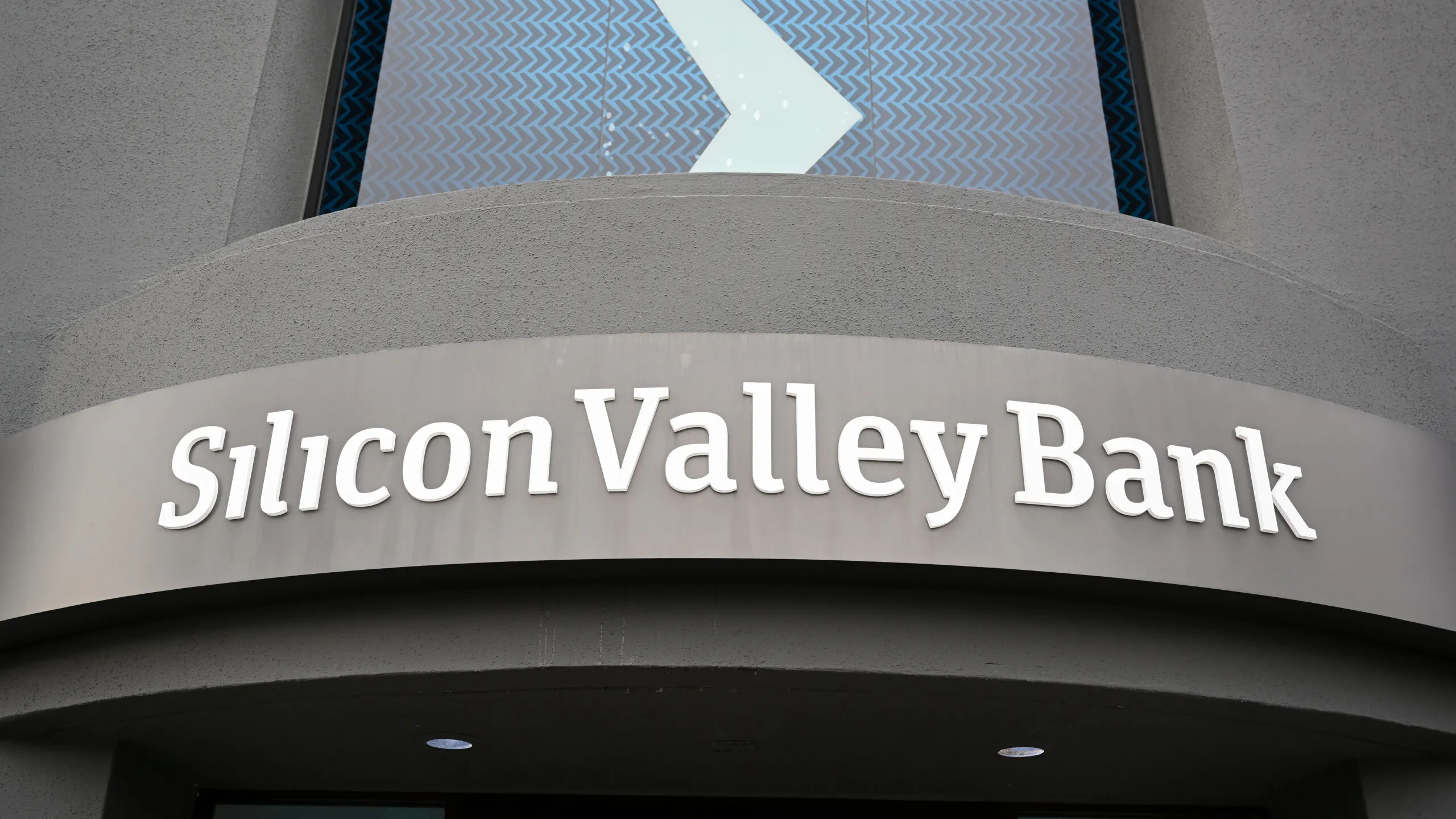Officials at the Federal Reserve concluded on Friday that Silicon Valley Bank collapsed last month because executives failed to properly assess macroeconomic risk and volatility within the technology sector, upon which the firm was heavily reliant.
The implosion of Silicon Valley Bank, where the vast majority of account balances exceeded the $250,000 threshold backed by the FDIC, prompted the government-backed company to secure both insured and uninsured accounts at the firm in order to prevent additional bank runs. Signature Bank nevertheless collapsed days later, while other regional financial institutions such as First Republic Bank continue to languish as confidence in the sector diminishes.
Silicon Valley Bank imploded because of a “textbook case of mismanagement” as senior leadership “failed to manage basic interest rate and liquidity risk” and board members “failed to oversee senior leadership and hold them accountable,” according to a landmark review of the crisis released by the Federal Reserve, which is responsible for regulating private banks.
“Silicon Valley Bank was a highly vulnerable firm in ways that both its board of directors and senior management did not fully appreciate,” officials said in the report. “These vulnerabilities, foundational and widespread managerial weaknesses, a highly concentrated business model, and a reliance on uninsured deposits, left Silicon Valley Bank acutely exposed to the specific combination of rising interest rates and slowing activity in the technology sector that materialized in 2022 and early 2023.”
Monetary policymakers have worked to increase the target federal funds rate over the past year in an effort to combat inflation by hiking interest rates across the economy, prompting heavy losses when Silicon Valley Bank sold a long-term bond portfolio to fund withdrawals. Assets in the overall banking system are now $2 trillion lower than their book value due to the elevated interest rates, according to a recent study from the National Bureau of Economic Research.
Silicon Valley Bank relied heavily on technology companies, many of which suddenly demanded to withdraw funds when a handful of venture capital firms voiced concerns about the financial institution’s solvency. The review added that Silicon Valley Bank “failed its own internal liquidity stress tests and did not have workable plans to access liquidity” amid volatile moments.
CLICK HERE TO GET THE DAILYWIRE+ APP
“Silicon Valley Bank managed interest rate risks with a focus on short-run profits and protection from potential rate decreases, and removed interest rate hedges, rather than managing long-run risks and the risk of rising rates,” the review continued. “In both cases, the bank changed its own risk-management assumptions to reduce how these risks were measured rather than fully addressing the underlying risks.”
Officials at the Federal Reserve concluded in a meeting last month that the turmoil in the financial system which started with the Silicon Valley Bank collapse warrants a recession forecast for the end of the year, according to minutes released by the Federal Open Market Committee and the Federal Reserve Board of Governors. The review acknowledged that central bankers “did not appreciate the seriousness of critical deficiencies in the firm’s governance, liquidity, and interest rate risk management,” meaning that the Silicon Valley Bank retained solid ratings even as “conditions deteriorated and significant risk to the firm’s safety and soundness emerged.”

.png)
.png)

